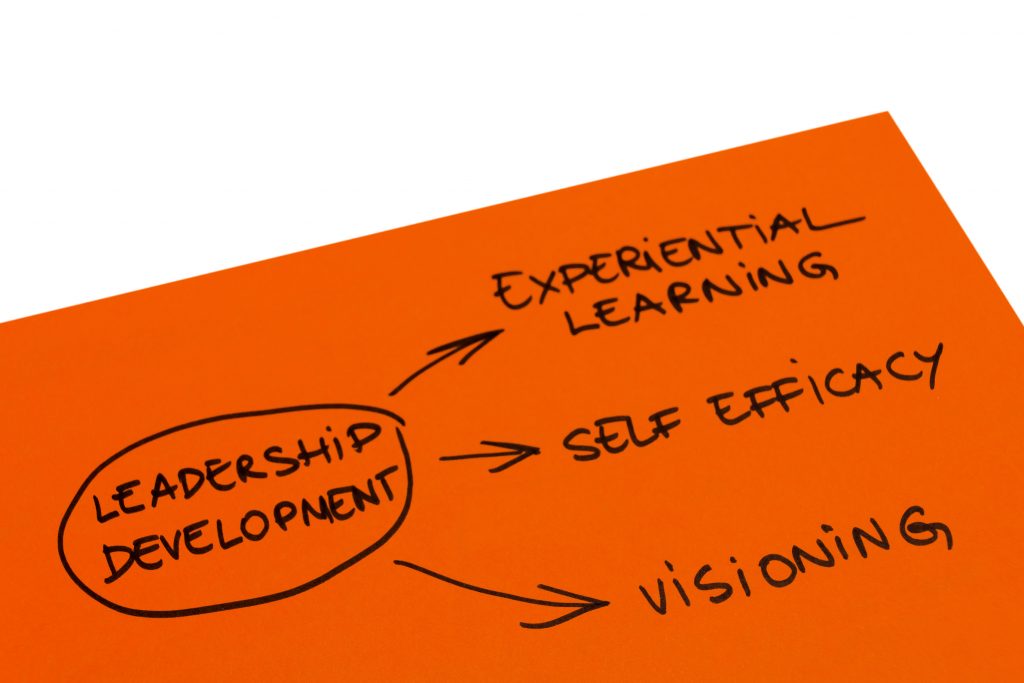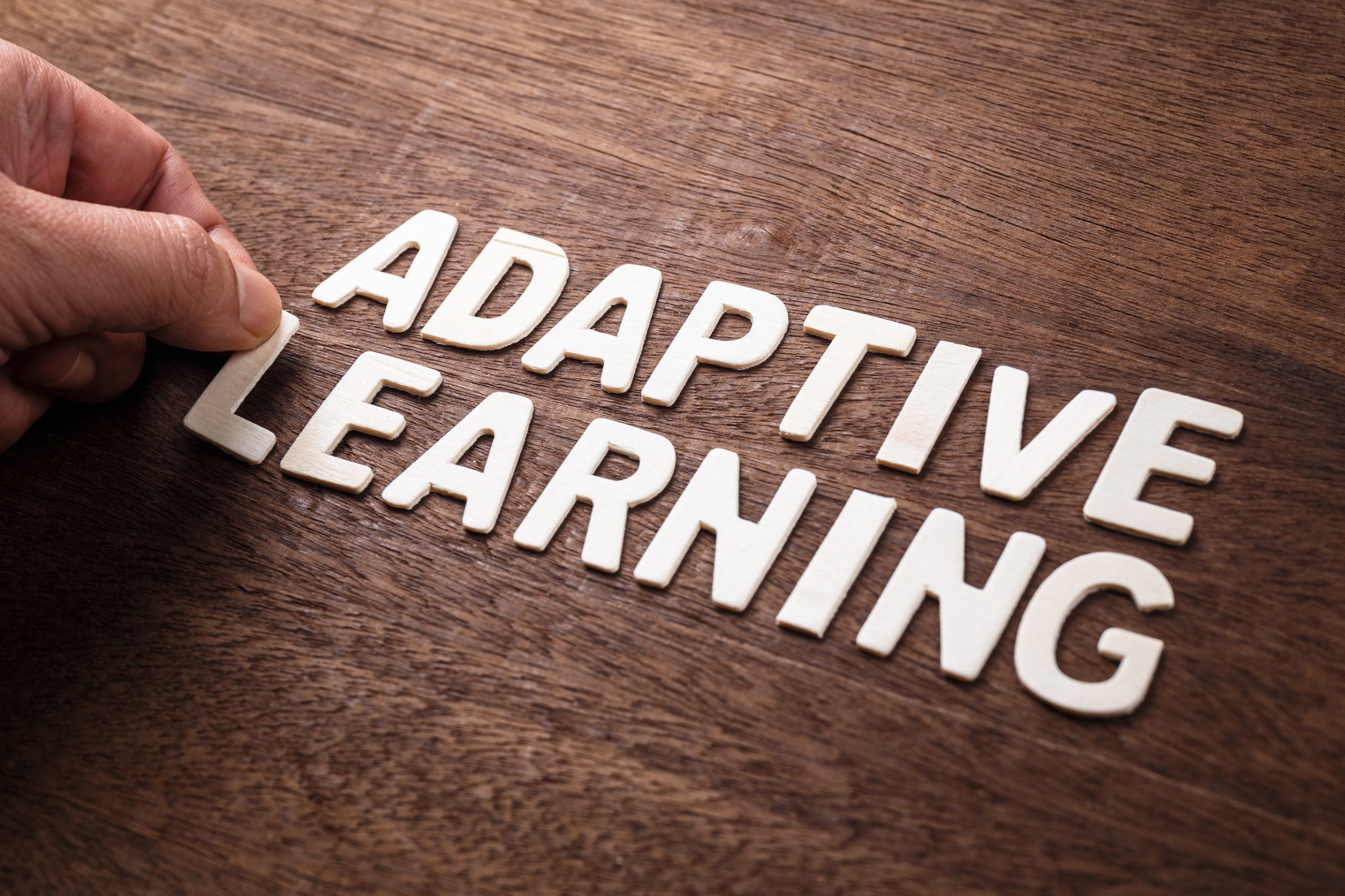Building a Learning Culture in Large Companies: A Blueprint for Success
- Jennifer Adams
- September 8, 2023
- 5:15 pm
In the dynamic realm of corporate Learning & Development (L&D), the establishment of a robust learning culture is essential for achieving sustained growth and adaptability. In this comprehensive article, we will delve into the profound significance of creating a learning culture in large organizations, with a specific focus on strategies that Learning & Development professionals can employ. We’ll explore the multifaceted aspects of this endeavor, offering practical insights and actionable techniques to cultivate a learning-centric corporate culture that not only fosters professional development but also nurtures employee growth and engagement.
Want to skip the article? Download our comprehensive free eBook The Revival of Learning Culture.
Impact of a Learning Culture in Large Companies
The concept of a learning-centric corporate culture represents a fundamental shift in how organizations approach learning and development. It signifies a cultural transformation where continuous learning becomes an integral part of the organizational DNA, transcending traditional training programs and embracing a holistic approach to employee development.
Let’s delve deeper into why a learning culture holds such profound significance and how it can catalyze positive change within large organizations.
Boosting Engagement Through Learning Culture
A learning culture is not just a buzzword; it’s a strategic imperative for modern organizations. By fostering an environment where learning is encouraged and supported, large companies can reap numerous benefits:
Improved Employee Engagement: A learning culture empowers employees to take ownership of their growth and development, fostering a sense of autonomy and engagement.
Higher Retention Rates: Employees in organizations with strong learning cultures are more likely to stay, as they recognize the investment in their career development.
Agility and Adaptability in a Learning Culture
Enhanced Agility: A learning culture equips employees with the skills and knowledge needed to adapt to industry shifts and evolving market dynamics.
Innovation and Adaptability: Employees who continuously learn are more innovative and adaptable, helping organizations stay competitive.
Now, let’s explore the essential components and strategies for creating a learning-centric corporate culture.
Essential Components for Creating a Learning-Centric Corporate Culture
Building a learning culture is not a one-size-fits-all endeavor; it requires a strategic approach tailored to the organization’s unique needs and goals. Here are some essential components.
To learn more about the latest trends in learning & development strategy, make sure to download a free copy of our eBook on modern L&D strategy by Nick van Dam.
Leadership’s Role in Cultivating Learning Culture
Leadership Commitment: The journey toward a learning culture begins at the top. Leaders must not only endorse it but actively participate and set an example for others to follow.
Accessible Learning Resources: Large organizations must provide a diverse range of accessible learning resources, including e-learning platforms, workshops, webinars, and well-stocked libraries, tailored to employees’ diverse needs.
Empowerment and Autonomy: Encourage employees to take charge of their learning. Provide opportunities for self-directed learning, allowing individuals to explore topics aligned with their career aspirations.
Recognition and Rewards: Implement recognition and rewards programs to celebrate and incentivize learning achievements. Recognizing and celebrating milestones can boost motivation and reinforce the value of learning.
Now, let’s explore how to foster an employee development culture within large organizations.
Fostering Employee Growth and Development
An employee development culture goes hand in hand with a learning culture. It focuses on the individual growth and career progression of employees within the organization. Here are actionable steps to foster such a culture:
Individualized Development Plans: Create individualized development plans for employees. These plans should outline their career goals and the specific skills and knowledge they need to achieve them.
Mentorship and Coaching Programs: Establish mentorship and coaching programs that connect experienced employees with those looking to develop specific skills or knowledge. These programs facilitate knowledge transfer and offer guidance on career advancement.
Regular Performance Feedback: Encourage regular performance feedback and discussions that incorporate employees’ learning and development goals. These conversations provide opportunities to align individual aspirations with organizational objectives.
The Impact on Employee Engagement
One of the most significant benefits of a learning culture is its profound impact on employee engagement. When employees feel encouraged and supported in their learning journeys, they become more invested in their work. A learning-centric environment empowers employees to take ownership of their growth and development, fostering a sense of autonomy and engagement. This sense of ownership over their career path contributes to higher job satisfaction, ultimately leading to improved retention rates.
The benefits of creating a learning culture extend beyond individual employee engagement. Let’s explore how it influences an organization’s agility and adaptability.
Enhancing Agility and Adaptability
Large organizations often face the challenge of maintaining agility in the face of market shifts and industry disruptions. A learning culture equips employees with the skills and knowledge needed to adapt to these changes effectively. By nurturing continuous learning, organizations ensure that their workforce remains innovative and adaptable, enabling them to stay competitive in a rapidly evolving landscape.
As organizations seek innovation and adaptability, the role of leadership in creating a learning culture becomes pivotal.
Leadership’s Role in Cultivating Learning Culture
Leaders play a crucial role in driving cultural change within an organization. The journey toward a learning culture begins with leadership commitment. Leaders must not only endorse the concept but actively participate in learning and development activities. Their actions and attitudes set the tone for the rest of the organization, demonstrating the value of continuous learning.
Now, let’s explore practical steps for creating a learning-centric corporate culture within large organizations.
Building Blocks of Learning-Centric Culture
Building a learning culture is a multifaceted endeavor that requires strategic planning and implementation. Here are essential components to consider:
Leadership’s Commitment to Learning
Ensure that leadership at all levels is fully committed to the development and success of a learning culture. This commitment should be visible in their actions, communication, and participation in learning initiatives.
Empowering with Accessible Resources
Large organizations must provide a diverse range of accessible learning resources to cater to their employees’ varied needs. This includes e-learning platforms, workshops, webinars, and well-equipped libraries.
Empowering Through Learning Autonomy
Encourage employees to take ownership of their learning. Provide opportunities for self-directed learning, allowing individuals to explore topics aligned with their career aspirations and interests.
Rewarding Learning Success
Implement recognition and rewards programs that celebrate and incentivize learning achievements. Recognizing and celebrating milestones can boost motivation and reinforce the value of learning within the organization.
Now, let’s turn our attention to the complementary aspect of fostering an employee development culture.
Fostering Employee Growth and Development
An employee development culture complements a learning culture by focusing on individual growth and career progression. Here’s how to foster such a culture:
Tailored Development Plans for Growth
Create individualized development plans for employees. These plans should outline their career goals and the specific skills and knowledge required to achieve them.
Guidance through Mentorship and Coaching
Establish mentorship and coaching programs connecting experienced employees with those seeking to develop specific skills or knowledge. These programs facilitate knowledge transfer and provide guidance on career advancement.
Feedback for Employee Development
Encourage regular performance feedback and discussions that incorporate employees’ learning and development goals. These conversations provide opportunities to align individual aspirations with organizational objectives.
Strength in Learning Communities
Foster learning communities within the organization, where employees can share insights, collaborate on projects, and support each other’s growth. These communities contribute to a sense of belonging and collective learning.
In conclusion, the journey to building a learning culture and fostering an employee development culture is transformative.
Embrace the Transformation
Creating a Learning-Centric Corporate Culture and nurturing an Employee Development Culture in Large Companies is not a one-time initiative but a continuous commitment to the growth and development of an organization’s most valuable asset: its employees. This transformative journey is marked by dedication, persistence, and a shared belief in the power of learning.
In the competitive corporate landscape, organizations that prioritize learning and development are not merely survivors; they are thriving leaders. By building a learning culture that encourages continuous growth and fostering employee development, large organizations can position themselves at the forefront of their industries. They attract top talent, foster innovation, and achieve sustained success in an ever-evolving world. The future belongs to those who embrace this transformation, recognizing that investing in the development and well-being of their employees is an investment in the future prosperity of the organization.
To learn more about optimizing digital learning make sure to download our free eBook here.

Download free L&D content

Free eBook: Blended Learning
Blended Learning. Solved in one solution. Get the right blend of modern and traditional learning. Why Blended Learning is important? What works for one employee
Modern L&D Strategy by Nick van Dam
Download a free copy of our best-selling eBook with the newest trends in Learning & Development strategy by the former Global Chief Learning Officer at McKinsey & Co.

Free Learning & Development content

Optimizing L&D for Hybrid Workforces: Best Practices and Success Stories
In the contemporary corporate world, the emergence of hybrid workforces has heralded a significant paradigm shift in how organizations operate. For Learning and Development (L&D), this shift brings about unique challenges and opportunities. This article is your guide to navigating the complexities of hybrid workforces, offering comprehensive insights, practical tips, and inspiring success stories.

10 Strategies for Improving Learning Engagement and Motivating Learners
How can you keep your learners engaged and motivated? Whether you’re working in corporate training or as an educator, it’s important to have effective learning engagement strategies in place. By utilizing the right tools and techniques, you can enhance the learning experience and make your training more successful.

How to maximize employee engagement in L&D while minimizing costs
mployee engagement in learning and development (L&D) programs is crucial for the success of any organization. Engaged employees are more productive, more motivated, and more likely to stay with the company. However, with tight budgets and limited resources, it can be challenging for organizations to create L&D programs that engage employees while minimizing costs. In this article, we explore strategies for maximizing employee engagement in L&D programs while minimizing costs.









